Gulf of Thailand Study Tour
Bill Dennison ·As part of the Environmental Management of Enclosed Coastal Seas (EMECS) conference in Pattaya, Thailand, that I attended with Dave Nemazie, Bob Summers and Vanessa Vargas-Nguyen, a study tour was organized to expose us to the ecology of the Gulf of Thailand. The Gulf of Thailand is commonly divided into two parts, the smaller inner Gulf (10,000 km2) and the larger outer Gulf (350,000 km2). The northern portion of the Gulf is the shallow inner Gulf, shaped roughly into a square with its bottom open toward the outer Gulf. The top of the square is where Bangkok is located, with four major rivers entering the inner Gulf. The outer Gulf of Thailand is much larger, forming a triangle with the opening to the South China Sea. Our study tour was to a point on the junction between the inner and outer Gulf of Thailand.
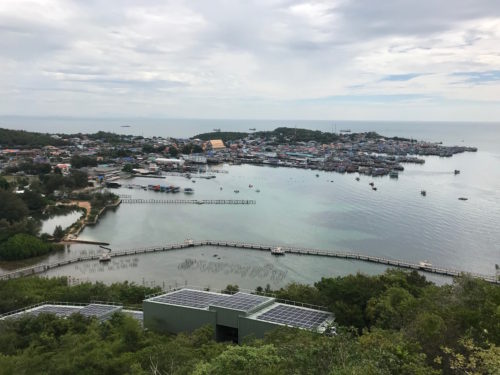
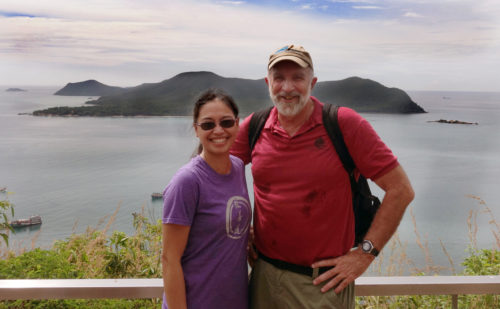
The environmental preserve that we visited was part of a Royal Thai Navy base. Our first stop to get oriented included an exhibit of the dramatic rescue by Thai Navy Seals of twelve soccer players and their coach. The Tham Luang cave rescue in northern Thailand in June/July 2018 captured the world’s attention. I was impressed that they put together such a nice exhibit within months of the incident.
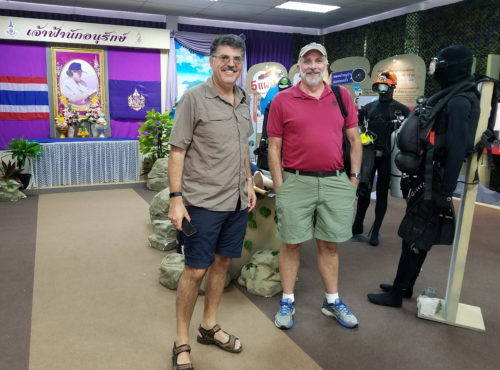
It was interesting that the nature preserve and museum were all part of the Royal Thai Navy base. Our Thai hosts pointed out that the Navy insured that the area remained truly protected. A key figure in establishing the preserve was Princess Maha Chakri Sirindhorn. The Kingdom of Thailand royal family is very important in Thai culture. The very popular King Bhumibol Adulyadej died in 2016 after a 70-year reign. His son, Maha Vajiralongkorn, is the new king, and his large portrait is posted throughout the country. King Bhumibol Adulyadej was an avid environmentalist and his daughter, Princess Maha, is maintaining this tradition.

We visited the Thai Island Air and Sea Natural History Museum, started in 1999 and now including five buildings with nice displays of various natural history features of the Gulf of Thailand. I liked the seagrass and mangrove exhibits, which emphasized the high species diversity in Thailand. The museum was on a hillside with nice glimpses of the ocean from the walkway. But the most spectacular view was the outlook at the top of the hill, where we could see the colorful fishing fleet in the harbor and several islands that are part of the Samae San Group. The largest of these islands was our destination following lunch in an open air restaurant at the Navy Seal Club House.
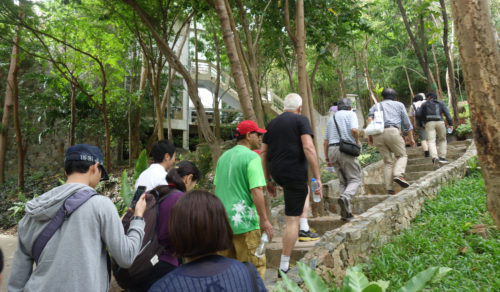
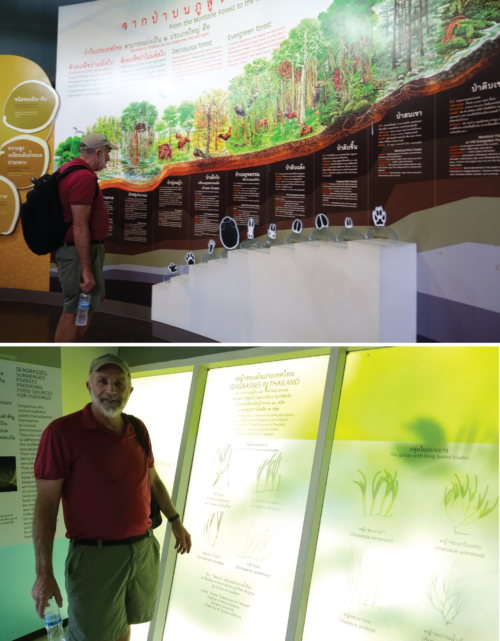
Mangroves were devastated in Thailand due to land conversion to shrimp ponds over the past several decades. But more recently, mangrove restoration by Thais has reversed the decline, and we saw evidence of it with replanted areas and a mangrove nursery near where we boarded the boat to Samae San Island. We also saw evidence of the marine debris that was a topic of the last day of the conference on the beach. Southeast Asia is a hotspot for the source of marine debris.
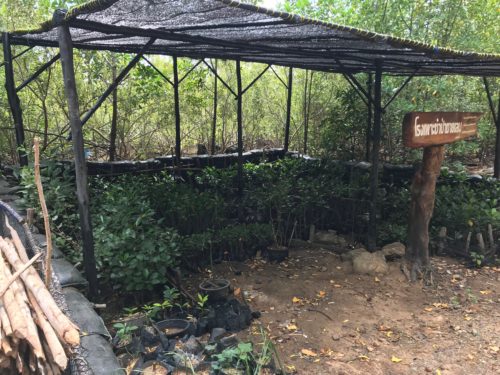
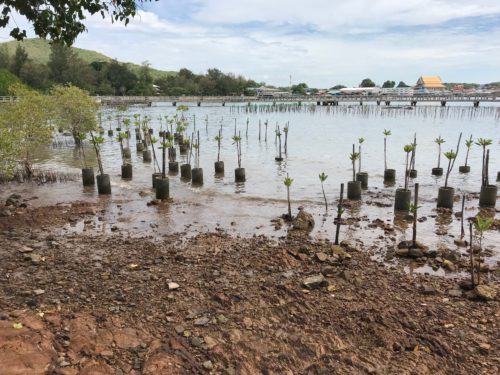
It was mildly disconcerting to crowd a whole lot of people onto an old wooden boat and have us all don life jackets. It was as if they weren’t sure we were going to make it to the island without sinking. But we survived the short trip, and the island had a couple of tram tracks to reach the beach on one side and to reach a mangrove restoration site on the other side. We swam at the beach and could see coral patches covered with spiny sea urchins (Diadema). There were a lot of small Sergeant Major fish, but no big fish. When we took a glass bottom boat trip, we saw some bleached corals. All in all, not a healthy reef in spite of the protection afforded by the Navy.
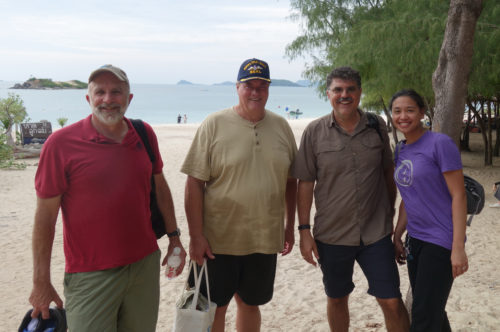
When we passed through Chong Samae San, the fishing village nearby, we saw many racks of drying fish and squid. The fish were tiny, no bigger than the anchovies used on pizzas. Piamsak Menasveta, our local host, had told us that Thailand was given a “yellow card” (warning) for their illegal, unreported and unregulated fishing practices. If they receive a “red card”, then no fish would be legally imported to the European Union. The Gulf of Thailand experienced algal blooms, red and green tides, Noctiluca blooms, and fish kills, with the worst eutrophication evident between 1978-1985. So hopefully, the mangrove restoration will be a harbinger of environmental improvements in the region. I liked Prof. Menasveta’s attitude that everything was possible in terms of environmental restoration apart from sea level rise and coastal erosion.
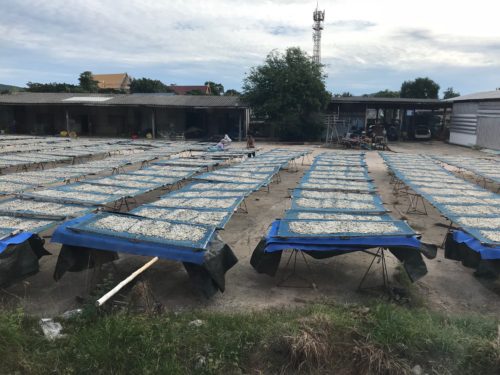
After spending several days in a hotel talking about the Gulf of Thailand and looking out our hotel windows at the Gulf, it was nice to be able see it up close, with some of the issues clearly evident. The trip was well organized and we lucked out with great weather. I appreciate that the EMECS conferences always include a study tour.
About the author
Bill Dennison

Dr. Bill Dennison is a Professor of Marine Science and Vice President for Science Application at the University of Maryland Center for Environmental Science.